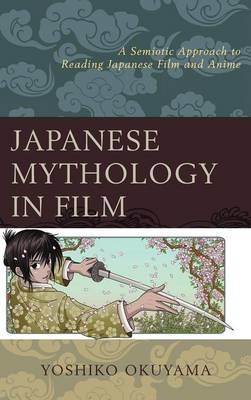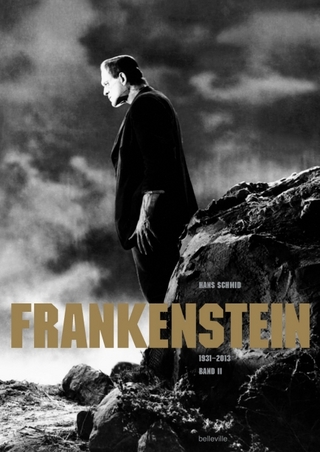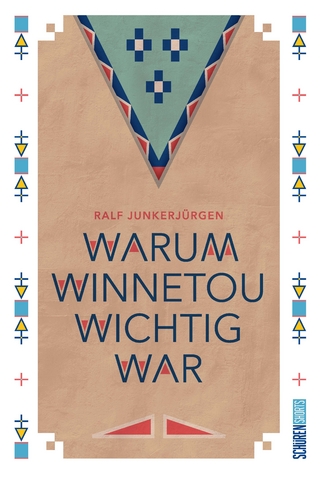
Japanese Mythology in Film
Lexington Books (Verlag)
978-0-7391-9092-0 (ISBN)
A cyborg detective hunts for a malfunctioning sex doll that turns itself into a killing machine. A Heian-era Taoist slays evil spirits with magic spells from yin-yang philosophy. A young mortician carefully prepares bodies for their journey to the afterlife. A teenage girl drinks a cup of life-giving sake, not knowing its irreversible transformative power. These are scenes from the visually enticing, spiritually eclectic media of Japanese movies and anime. The narratives of courageous heroes and heroines and the myths and legends of deities and their abodes are not just recurring motifs of the cinematic fantasy world. They are pop culture’s representations of sacred subtexts in Japan. Japanese Mythology in Film takes a semiotic approach to uncovering such religious and folkloric tropes and subtexts embedded in popular Japanese movies and anime.
Part I introduces film semiotics with plain definitions of terminology. Through familiar cinematic examples, it emphasizes the myth-making nature of modern-day film and argues that semiotics can be used as a theoretical tool for reading film. Part II presents case studies of eight popular Japanese films as models of semiotic analysis. While discussing each film’s use of common mythological motifs such as death and rebirth, its case study also unveils more covert cultural signifiers and folktale motifs, including jizo (a savior of sentient beings) and kori (bewitching foxes and raccoon dogs), hidden in the Japanese filmic text.
Yoshiko Okuyama is associate professor of Japanese studies at the University of Hawai'i at Hilo.
Part I: Semiotics for Film Analysis
Chapter 1: Introduction: What is Semiotics?
Chapter 2: Reading Film: The Nature of Interpretation
Chapter 3: Mythology in Film: Why Study Mythology in Popular Film and Anime?
Chapter 4: Storytelling : What is in the Story?
Chapter 5: Visual Literacy: What do We Get from Watching Film?
Part II: Application: Case Studies of Japanese Film Analysis
Chapter 6: Taoism and Shinto Symbolism: Onmyōji (2001) and Onmyōji II (2003)
Chapter 7: Classic Literature Motifs in Spirited Away (2001) and Princess Mononoke (2000)
Chapter 8: Motifs of Buddhism and Folklore in Dororo (2007) and Departures (2008)
Chapter 9: Eclectic Myths in Mushi-shi (2006) and Ghost in the Shell 2: Innocence (2004)
Chapter 10: Conclusion: Social Usage of Mythology
| Erscheint lt. Verlag | 9.4.2015 |
|---|---|
| Verlagsort | Lanham, MD |
| Sprache | englisch |
| Maße | 162 x 238 mm |
| Gewicht | 531 g |
| Themenwelt | Kunst / Musik / Theater ► Film / TV |
| ISBN-10 | 0-7391-9092-X / 073919092X |
| ISBN-13 | 978-0-7391-9092-0 / 9780739190920 |
| Zustand | Neuware |
| Haben Sie eine Frage zum Produkt? |
aus dem Bereich


